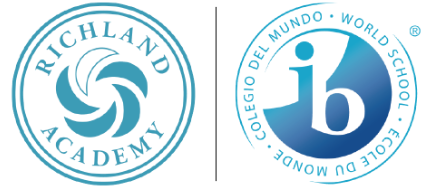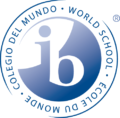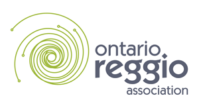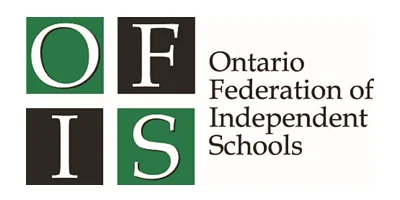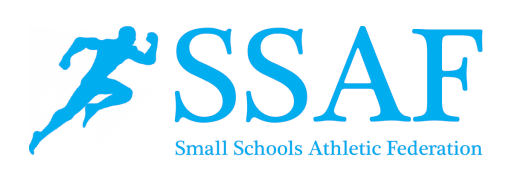On Wednesday, October 2nd, 2013 a trio of educators from Richland Academy made their way to Hamilton for a hands on Making Learning Visible through Documentation Workshop, the first of many being given by Professor Louise Jupp. Here they share their experience with Inquiring Minds…
Our hands on experience started with the observation of the book entitled, “Goodnight Gorilla” by Rathman. We listened to the story, and only after were asked very detailed questions. We quickly realized that we had not noticed many of the details children would. This led us to realizing just how differently children and adults observe things. “Children don’t think the same way we do. They are applying their hypotheses and theories according to what they know, which is often not what we know or think they know.” This phrase was relevant and important to us because it spoke of the importance of always taking that initial step of asking children what they believe. As teachers, we often have preset notions of what we think children know and how they come to their ideas. For example, Louise shared a story about a group of children that had been learning about colour mixing. That same day they went outside and noticed the changing colours of the leaves. To the teacher’s surprise many children thought the leaves had changed colours just as paint changes colours. Of course this is what they would believe because their most recent experience with colour was that of mixing paints. A few months earlier, the phrase, “Why do you think so?” became a common question to our students. Only when we ask such questions can we begin to understand what a child is thinking. From there we can begin to make their learning visible.
“Children don’t think the same way we do. They are applying their hypotheses and theories according to what they know, which is often not what we know or think they know.” This phrase was relevant and important to us because it spoke of the importance of always taking that initial step of asking children what they believe. As teachers, we often have preset notions of what we think children know and how they come to their ideas. For example, Louise shared a story about a group of children that had been learning about colour mixing. That same day they went outside and noticed the changing colours of the leaves. To the teacher’s surprise many children thought the leaves had changed colours just as paint changes colours. Of course this is what they would believe because their most recent experience with colour was that of mixing paints. A few months earlier, the phrase, “Why do you think so?” became a common question to our students. Only when we ask such questions can we begin to understand what a child is thinking. From there we can begin to make their learning visible. “Documentation is the construction of traces of learning paths and processes.” Its purpose is to create a place for discussion and to enrich the curriculum planning process and propel learning forward. It should never be static and finished, but instead dynamic and open to different opinions. “Our interpretations in dialogue, with interpretation of others are used to critically reflect upon and guide our future plans for invitations and inspirations of learning. Documentation shows the possibilities of where it can go.”
“Documentation is the construction of traces of learning paths and processes.” Its purpose is to create a place for discussion and to enrich the curriculum planning process and propel learning forward. It should never be static and finished, but instead dynamic and open to different opinions. “Our interpretations in dialogue, with interpretation of others are used to critically reflect upon and guide our future plans for invitations and inspirations of learning. Documentation shows the possibilities of where it can go.”
Important to the process of curriculum backwards planning is that of the Constructivist Approach to how we construct knowledge, which occurs through:
- An Inquiry Framework
- Inspiration
- Connection
- Observation
 All important features of good documentation. But why document and why display children’s work? Yes, it is always wonderful and pleasing to see children’s work, but for a teacher the purposes are many:
All important features of good documentation. But why document and why display children’s work? Yes, it is always wonderful and pleasing to see children’s work, but for a teacher the purposes are many:
- To Observe
- To Collect
- To Analyze
- To Plan
- To Evoke Dialogue
All important to support enriching learning experiences for children. This workshop was just the beginning of a series of sessions about documentation. As the weeks progress we look forward to delving deeper into how to document so that our journey as teachers allows us to make our student’s learning and thinking more visible.

